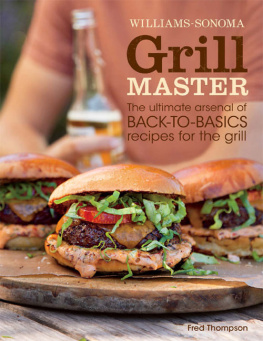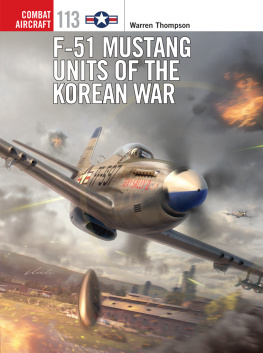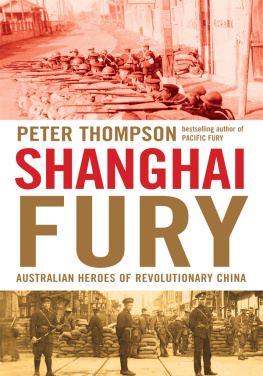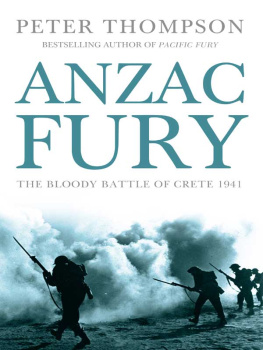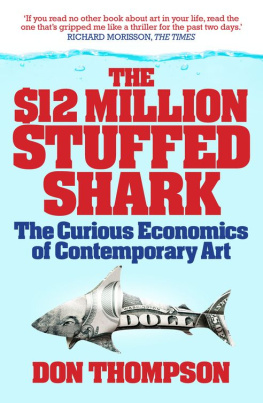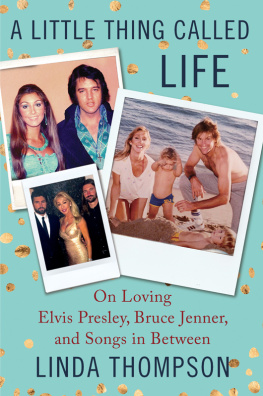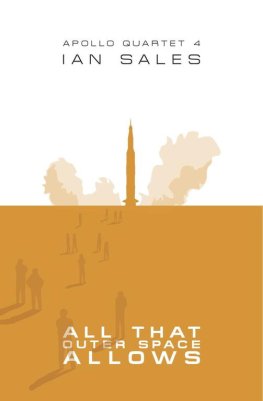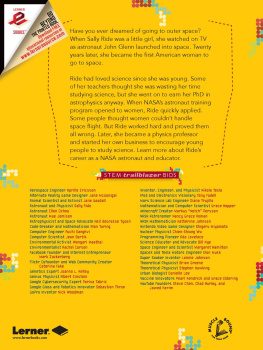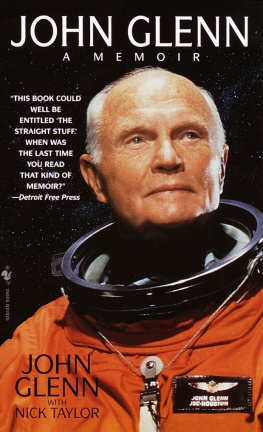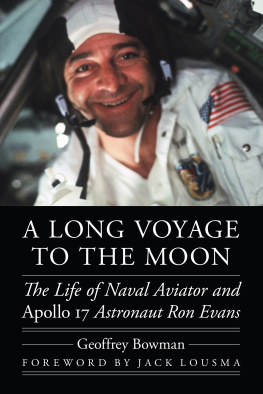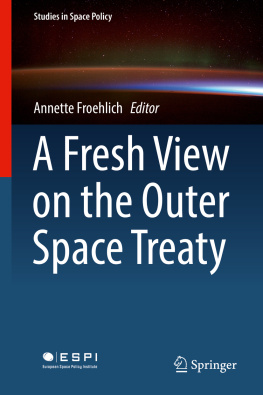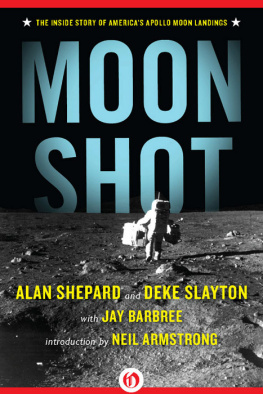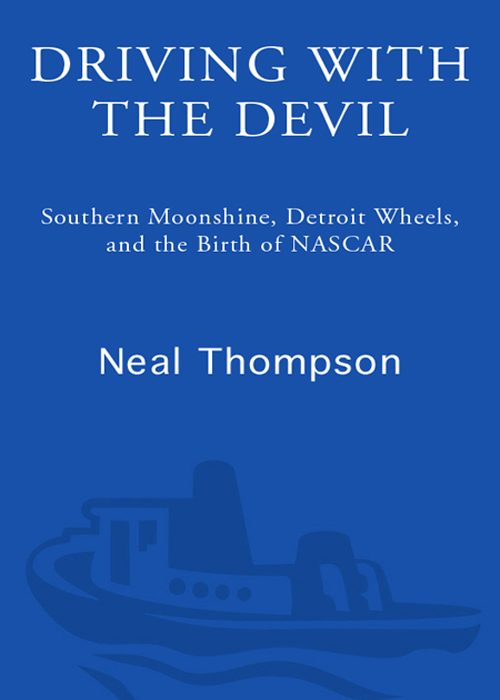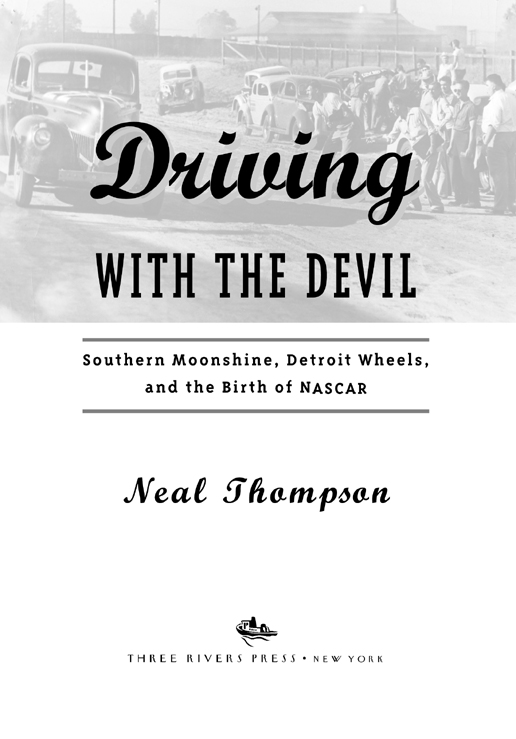Where you come from is gone, where you thought you were going tonever was there, and where you are is no goodunless you can get away from it.
FLANNERY O'CONNOR
The notion to uproot my family, move to the South, and investigate moonshine, NASCAR, and the cultural and historical tethers that bind the two simmered inside me for nearly twenty years. It all began with a college course on the irreverent southern writer Flannery O'Connor, taught by a wonderfully foulmouthed, half-drunk Jesuit priest, which introduced my New Jersey eyes and ears to the mysteries of the South.
After college, I hitchhiked around Ireland for a month. The nation's typically rainy spring weather gave me a brutal cold. So when I arrived, coughing and sneezing, at the remote dairy farm of a classmate's relatives, Farmer Quinlan pulled from the cabinet a jar of clear liquid he called the mountain dew. He poured some into a cracked mug, added a lemon slice, a cinnamon stick, and topped it with boiling water. The concoction, at once warm and icy, bludgeoned my coldand I asked for more, please.
A year later, while I was working at a newspaper in southwest Virginia, a laid-back photographer named Gene Dalton gave me my next taste of moonshine. Gene's moonshine looked like red wine and tasted of plum. He explained how some Virginia moonshiners soaked fruit in their liquor to mellow the taste. He also explained how his moonshine had descended from the poteen I'd tasted in Ireland. A law-enforcement source of mine, an Alcohol, Tobacco and Firearms agent (and occasional drinking partner) named Jim Silvey, provided the next puzzle piece. Silvey explained how moonshinerswhom he and his ATF colleagues still chased through southern Appalachiahad actually created NASCAR, which in rural Virginia was as popular as the Mets I'd rooted for in exurban New York City.
The South's visceral love of NASCAR was unlike anything I'd seen. The sport transcended class the way baseball did; it attracted working class, middle class, and upper class alike. My friends and neighbors attended a few races a year, alongside businessmen and bikers, truck drivers and farmers, preachers and Boy Scouts and felons; they wore NASCAR T-shirts and slapped bumper stickers on their cars declaring their favorite cars (Ford or Chevy) or favorite racers (usually Dale Earnhardt).
As a New Jersey kid, except for a brief affair with Speed Racer cartoon episodes, I'd been more interested in skiing, music, and the Mets than cars and racing. But my fatheran engineer and amateur mechanicloved cars and sometimes took my brother and me to Watkins Glen or Pocono Raceway. His hobby permeated my youth. (Thirty years later, I still have the black Penske cap he brought home from a race.) Sunday afternoons blared with TV races, and his fingernails seemed always stained with engine grease. Car and Driver or Road & Track magazines littered the coffee table. My mother would shriek when he drove home in another sports cara Lotus, a Porsche, or an Alfa Romeo and she'd fret when he went off to weekend driving classes.
Over the years, I found myself occasionally wondering how such devotion to the automobile came about and how, exactly, moonshine begat the sport called NASCAR. Memories of my trip to Ireland and my days in rural Virginia, sipping moonshine with Gene Dalton or listening to Jim Silvey talk about a bootlegging arrest fermented inside me for years; something about the links between Ireland (of which I am a naturalized citizen), my car-obsessed father, and the Virginia hill country that I'd learned to love. My curiosity finally reached full boil in the summer of 2001.
My wife and sons and I were vacationing at a South Carolina beach town. One Saturday afternoon, my father-in-law and I went driving in search of a drink and a baseball game on TV and found ourselves inside a nearly windowless roadside pub, where eighteen televisions hung above the lengthy wood bar, with two big screens at each end. All twenty TVs were tuned to various auto races. With only a half dozen other patrons at the bar, we asked the barmaid if we could switch one TV to a baseball game. When I changed the channelon just one of twenty televisions, mind youa long-haired guy in a tank top slumping against the bar a few stools away, who had seemed dead asleep, suddenly roared to life. Hey, I was watching that! Where's my race?
Two weeks after that, on September 11, 2001,1 was about to drive to a luncheon near the Pentagon to speak to a group of navy veterans when the phone rang. My wife and I then watched CNN in horror as the towers fell in the city that was once our home. Until that terrible day, I'd been a creature of the blue-state Northeast, a lover of New York, New Jersey, and eastern Pennsylvania. Six weeks later, my wife and I decided not to cancel a long-planned trip to Ireland, where Dubliners bought us drinks and empathized with surprising emotion over our nation's loss on 9/11. When we returned home to Baltimore, it felt somehow in betweennot north, not south, but middling.
I felt disconnected and decided to make a change. In mid-2002,1 left my job at the Baltimore Sun, and our family moved south to the mountainous heart of NASCAR country, to surround ourselves with the history, the culture, the people of NASCAR. We now live a mile from the twisted lane used in Thunder Road, the film in which Robert Mitchum plays a too-cool southern whiskey tripper. One of my sons' teachers supplies me moonshine that he buys from a dude named One-Eyed Ronnie. My search for corn whiskey's history, its Irish roots, and its role in creating NASCAR has taken me to the homes of aging racers and bootleggers as I traversed the jagged hollows of northeast Alabama, western North Carolina, and North Georgia, particularly the town of Dawsonville, the former moonshining capital of Appalachia, which produced the nation's first and best stock car racers and still hosts an annual Moonshine Festival.
A few months after we moved to North Carolina, a friend bought for my birthday (which happens to fall on the anniversary of Prohibition's birth and death) a book called Our Southern Highlanders, by Horace Kephart, a St. Louis librarian with a serious taste for moonshine. In 1904, Kephart abandoned his family and moved to Appalachia because he yearned for a strange land and a people that had the charm of originality.
Likewise, I have settled in a strange yet charming land, where my neighbors' attitudes, their taste for adventure, their pickup trucks and lawbreaking and speed, and their unslaked thirst for homemade whiskey seventy-three years past Prohibition are all part of a story that's never been told in full. A story about fearless southern bootleggers and the sport they created, but also a story about the South and its cultural impact on America.
Neal Thompson
January 2006
Asheville, North Carolina
The American really loves nothing but his automobile.
WILLIAM FAULKNER
We have found God in cars, or if not the true God, one so satisfying


